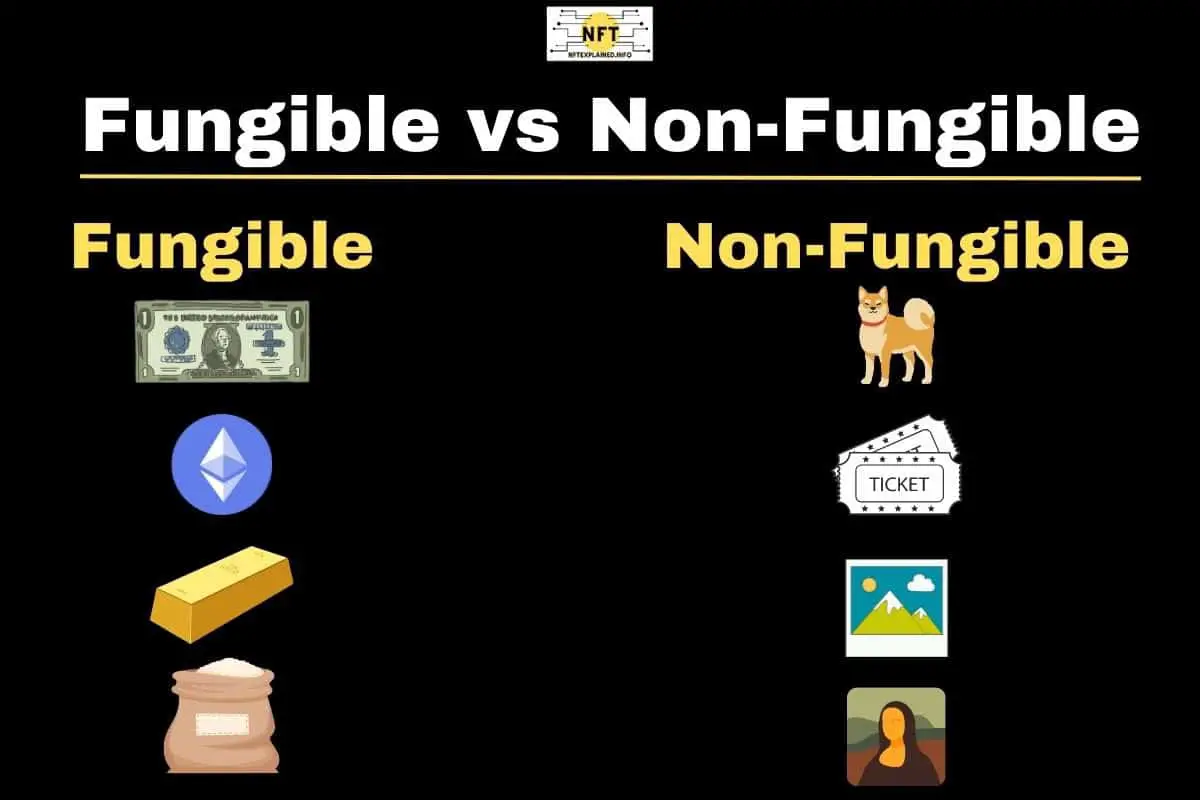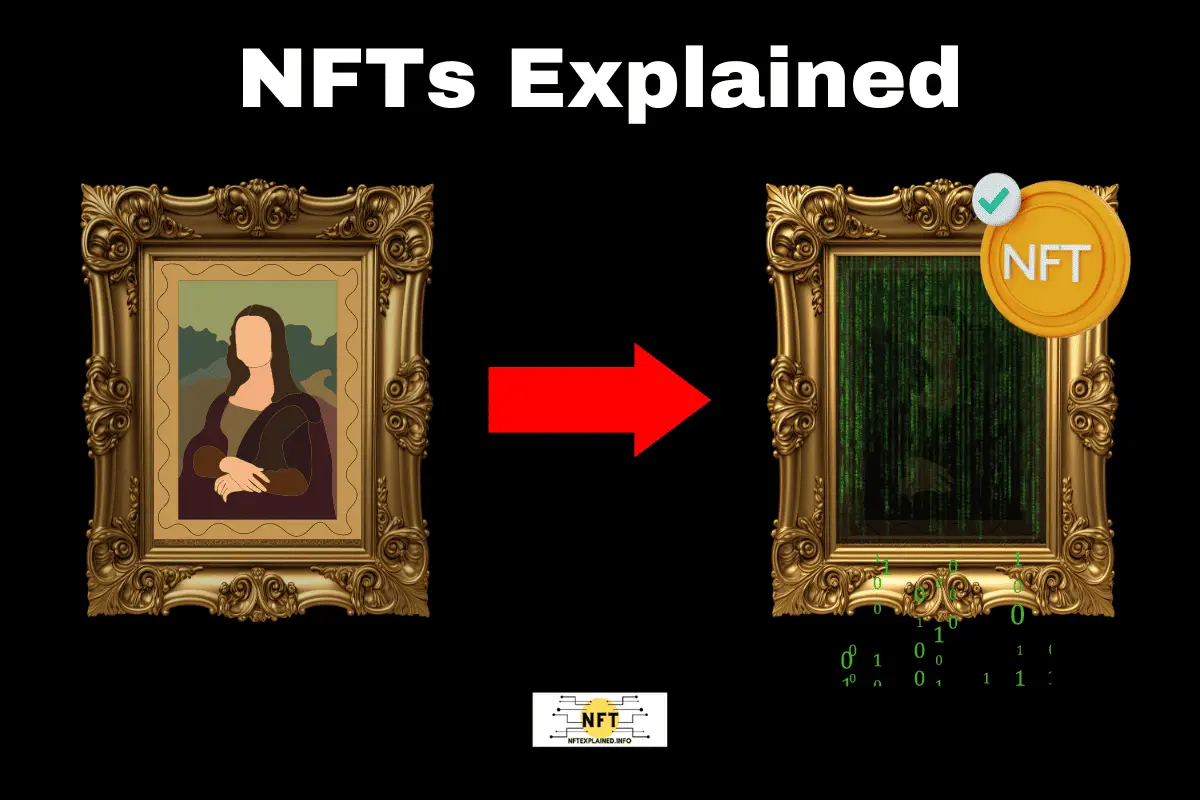In the realm of digital assets, a new phenomenon has emerged: Non-fungible tokens, or NFTs. These unique digital assets are stored on a blockchain and can represent a vast array of items, from artworks and music to in-game items and virtual real estate. What sets NFTs apart from cryptocurrencies like Bitcoin and Ethereum is their non-fungibility – each NFT is distinct, with its own intrinsic value.

The Birth of NFTs: Minting
NFTs come to life through a process known as minting. During this process, an NFT receives a unique identifier and is then securely stored on a blockchain. This not only facilitates tracking of ownership but also verifies the NFT’s authenticity.
Trading NFTs: The Marketplace
NFTs can be bought and sold on various online marketplaces, with prices varying widely based on an asset’s rarity and demand.
The Popularity of NFTs
NFTs have gained immense popularity for several reasons:
- A New Era of Digital Ownership: NFTs offer a novel way to possess digital assets securely and verifiably, addressing previous challenges related to digital ownership and sales.
- Artistic and Collectible Potential: NFTs enable the creation of unique, scarce digital assets, giving rise to new forms of art and collectibles that exist solely as NFTs.
- Transformation of Ownership: NFTs can represent ownership of physical assets like real estate and cars, potentially ushering in innovative ownership models and asset financing.

The Path Forward for NFTs
The future of NFTs holds great promise, though it remains uncertain. Here are some potential areas of development:
- Art, Music, and Entertainment: NFTs could continue shaping new forms of art, music, and entertainment, altering how creators monetize their works.
- Innovative Ownership Models: NFTs may redefine ownership and financing for various assets, revolutionizing industries beyond art and collectibles.
- Security and Transparency: NFTs’ blockchain-based storage offers enhanced security and transparency, making them more resistant to counterfeiting and fraud.
- Reduced Transaction Costs: NFTs enable direct peer-to-peer transactions, potentially reducing fees associated with buying and selling digital assets.
Navigating NFTs’ Challenges
However, NFTs face challenges, including:
- Price Volatility: NFT prices can fluctuate dramatically, posing investment risks.
- Fraud: The market has witnessed cases of fake NFTs and unauthorized sales.
- Environmental Impact: The energy-intensive minting process has raised concerns about the environmental impact of NFTs.

In conclusion, NFTs represent an innovative technology with the potential to redefine digital ownership and interaction. They offer increased security, transparency, and efficiency, but also come with risks such as price volatility, fraud, and environmental concerns. As NFTs continue to evolve, it’s crucial to conduct thorough research before diving into this exciting but nascent space.















